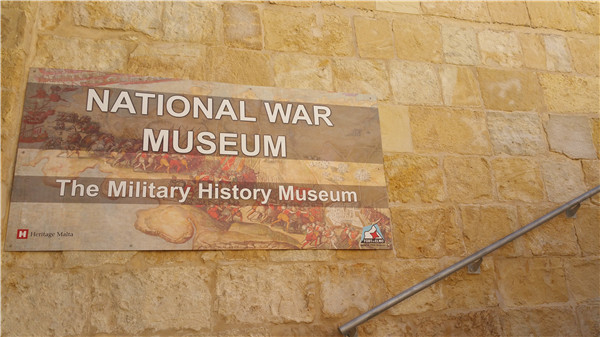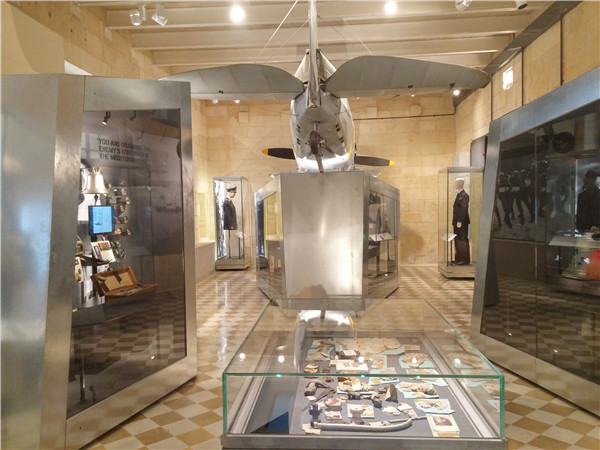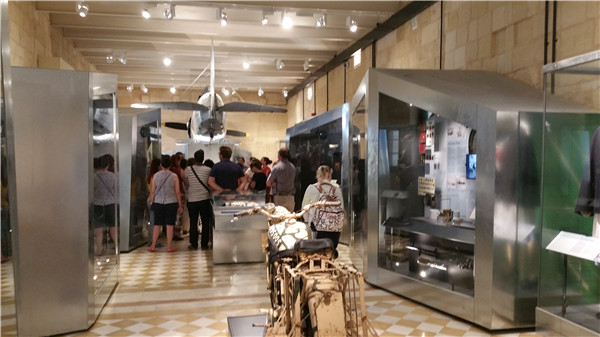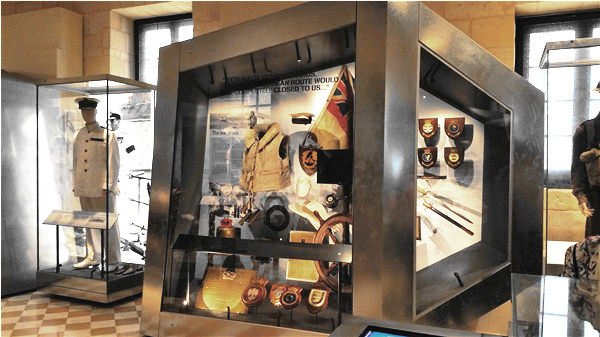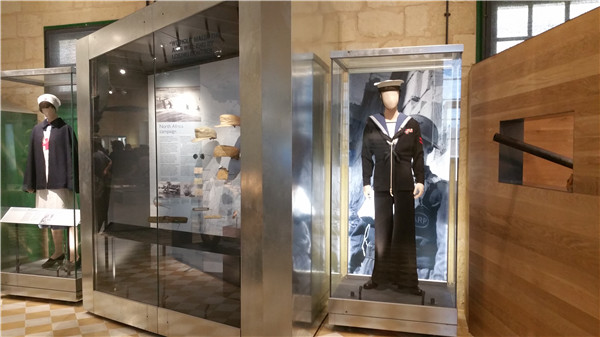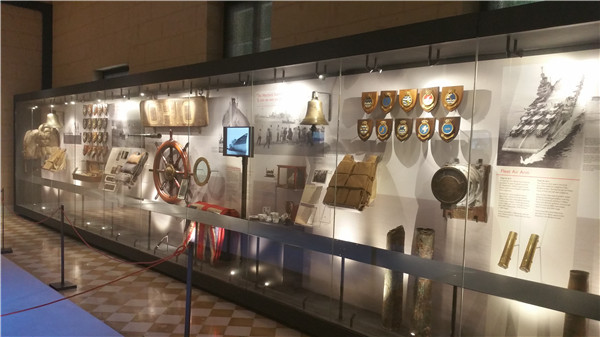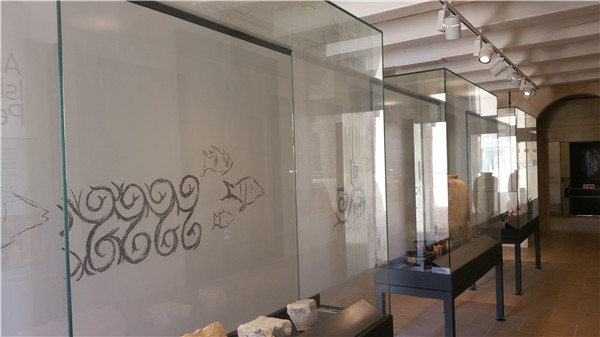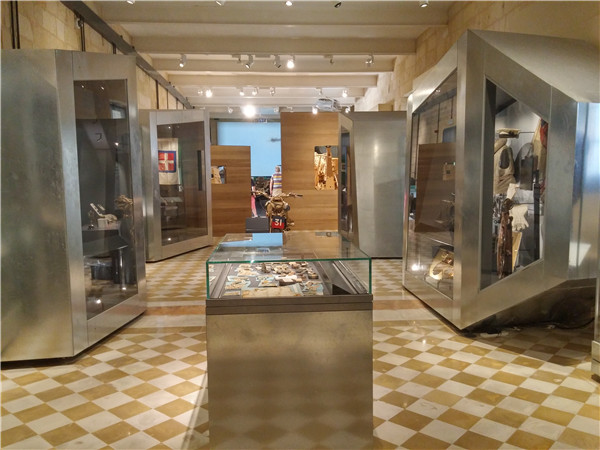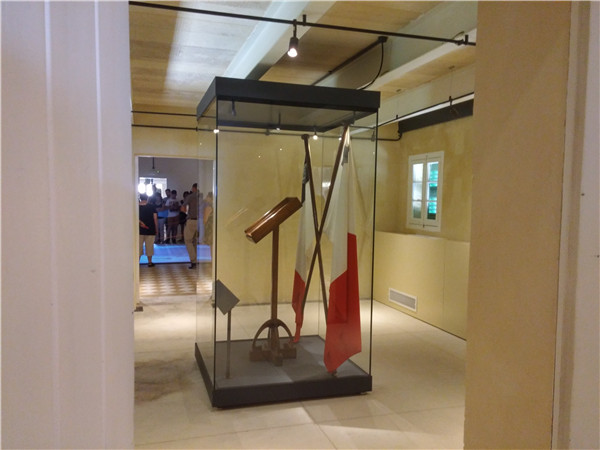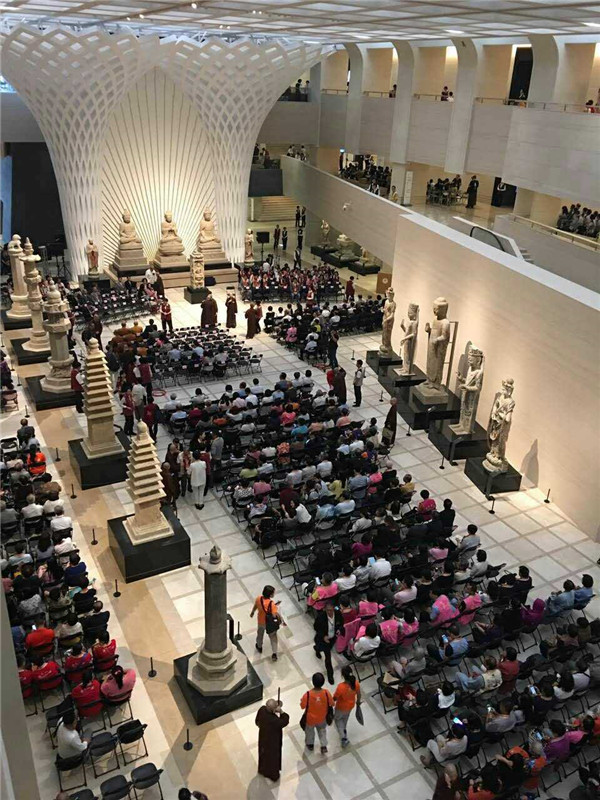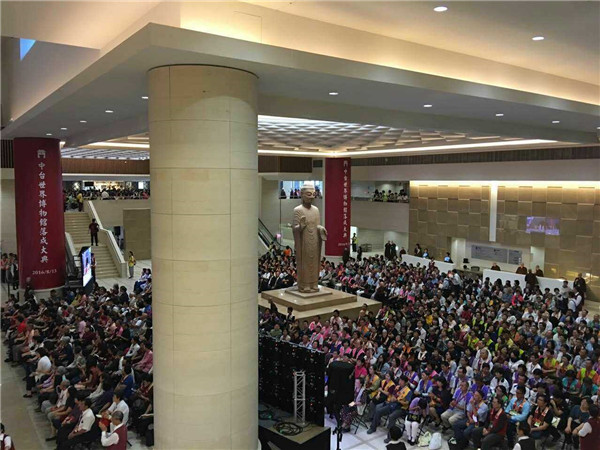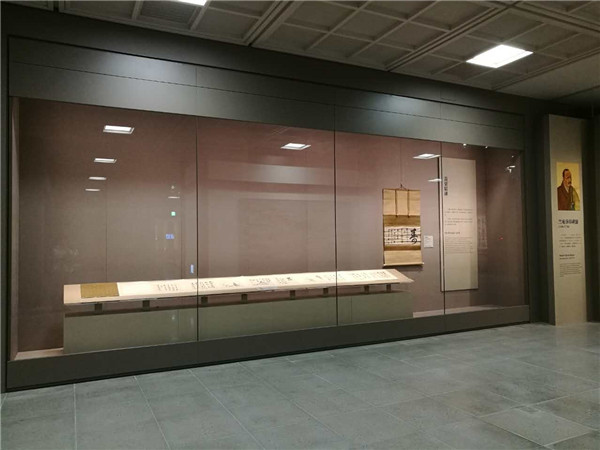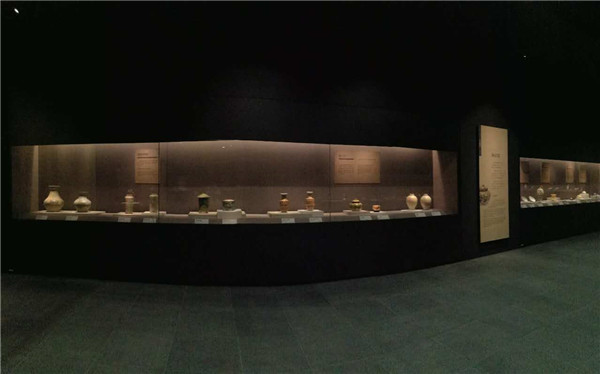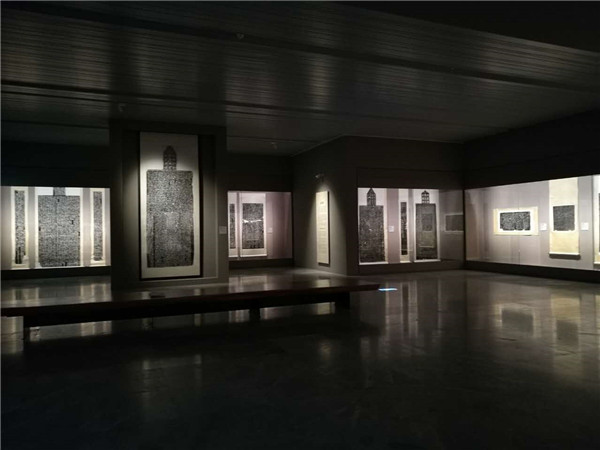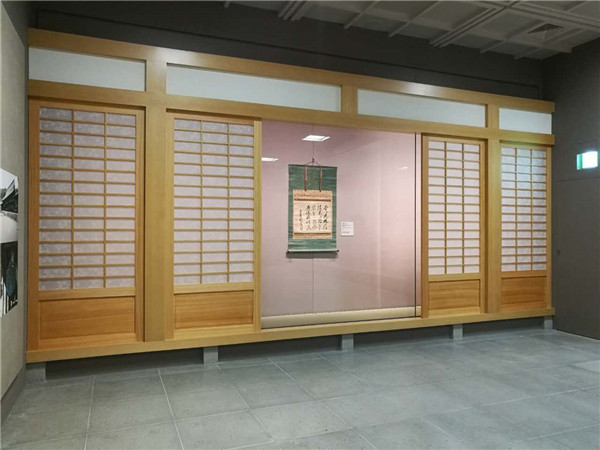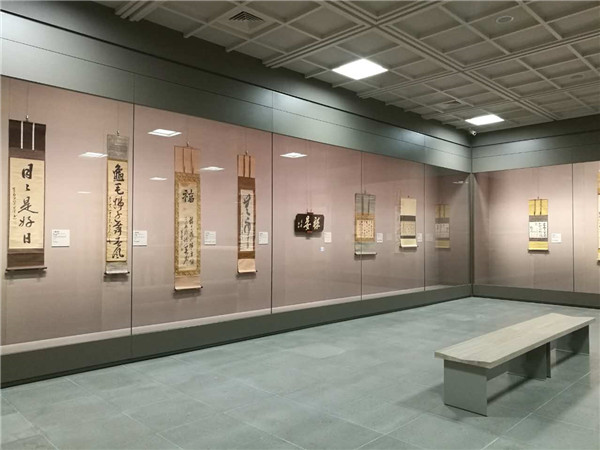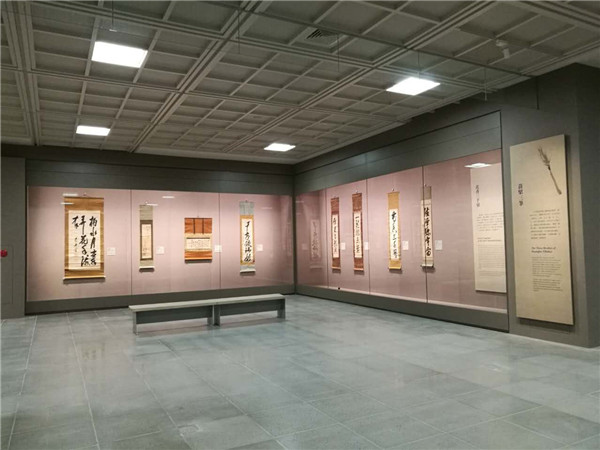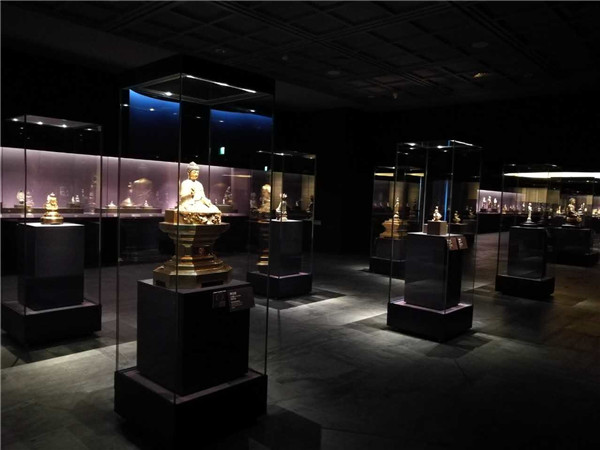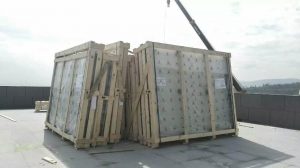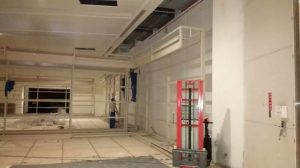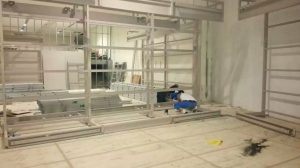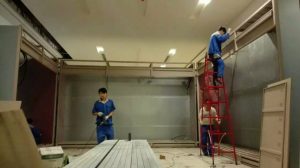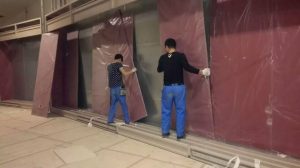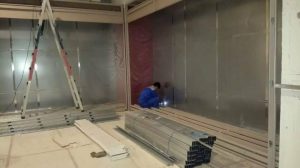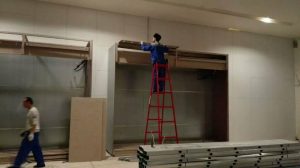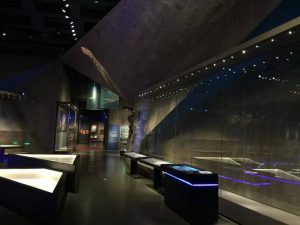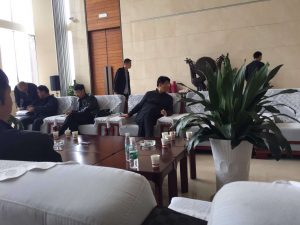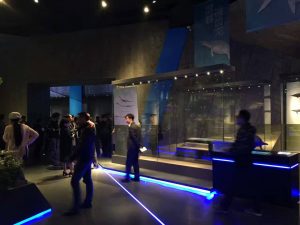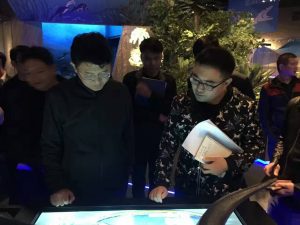WANGDA SHOWCASES currently won New An’Hui Museum by open tendering to supply and install high-end museum display cases for all the galleries.
Founded on November 14, 1956, the Anhui Museum was one of the four model museums at that time.On September 17, 1958, Chairman Mao Zedong made an inspection of the Anhui Museum and instructed that the main cities of a province should have such a museum and it was important to let people know their own history and power of creation. Zhou Enlai, Liu Shaoqi, Zhu De, Deng Xiaoping, Li Xiannian, Ye Jianying, Peng Dehuai, Chen Yi and other former leaders of the CPC and the PRC successively visited the museum and Chen Yi also gave his superscription of the museum name. In the 21st century, on May 17, 2010, Comrade Jiang Zemin made an inspection of the Anhui Museum and also left his inscriptions here. As the only museum that Chairman Mao Zedong inspected and where he made an instruction on museum development, the Anhui Museum is also the one that has been visited by the three generations of central collective leadership of the CPC.
Since its founding, based on cultural relics, with exhibitions as the platform, historic relics conservation and scientific research as the driving force and publicity and education as the safeguard, the Anhui Museum has ranked among the national first-class museums and was awarded as the national key conservation unit of ancient books. The old building has been placed as an important cultural relic under provincial protection by Anhui Provincial People’s Government.
The Anhui Museum now boasts a collection of 220,000 cultural relics including many distinctive categories, such as bronze ware of the Shang and Zhou dynasties, coins of the Chu State, stone relief of the Han Dynasty, four treasures of the study, gold and silver ware of the Yuan Dynasty, calligraphy and paintings of the Xin’an School, carvings of Huizhou, ancient books, contract documents of Huizhou and Pan Yuliang’s works, etc. In the conservation of cultural relics, the Anhui Museum has creatively removed the powdery rust of bronze ware with “partial electric corrosion” method and applied”non-destructive holographic testing for cultural relics” technology to bronze ware and ceramics non-destructive testing. Both of the technologies have great impacts on the museum circle and the latter one has won the Testimonial Prize of Science and Technology Achievement issued by the Culture Ministry of the PRC and the third prize of Science and Technology by Anhui Provincial People’s Government. We have strong technological strength in mounting and repairing ancient and old calligraphy and paintings, restoring bronze ware, inscription conservation and rubbing-making. In 1994, after breaking the old exhibition system of comprehensive history, the Anhui Museum launched a large specialized exhibition”Anhui Ancient Civilization”,which was referred as the Anhui Model by the museum circle nationwide worthy of popularization. In 2007, Huizhou Vernacular Architecture was honored as one of Top Ten Excellent Exhibitions of Chinese Museum 2005 C 2006. Since 2002, the publicity squad of the Anhui Museum has gone to government departments, colleges and communities to spread museum knowledge, exerting a great influence on society. In March 2008, since adopting the free-admission policy, the museum has introduced, hosted and undertaken hundreds of various exhibitions and held seminars and lectures for almost a hundred times, receiving audiences and visitors of over 2 million.
